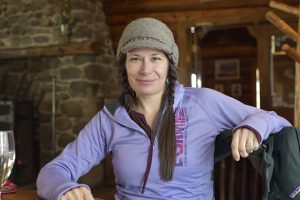Cheatgrass
Invasive plants are a hindrance to wildlife and livestock alike. Cheatgrass is an invasive plant that has caused many biologists and grazers to scratch their heads as to how to deal with its prolific nature. At the recent Western Governors’ Association Working Lands Roundtable in Cheyenne this month, I sat in on a presentation by Dr. Barry Perryman, a Professor at the University of Nevada – Reno, who talked about a new grazing regime that is actually reducing cheatgrass and uplifting native plant species. He said, “Cheatgrass becomes very palatable in the fall after the seed drops. Cattle prefer it over other grasses. We ran an experiment where we grazed heavily from October to mid-December for three consecutive years. The next spring, there was barely any cheatgrass.” This new method of controlling cheatgrass is exciting to hear and the results are impressive.
For more information, please see:
Biosecurity and Invasive Species Initiative
Greater Sage Grouse
The U.S. Forest Service released their Greater Sage-grouse plan amendments this month outlining how the bird will be managed on forest lands. They proposed changes to the 2015 greater sage-grouse protections that would ultimately cause significant harm to habitats they manage as well as possibly lead to the extinction of an iconic American species. Western stakeholders who worked together to create these protections don’t want to see changes to these plans, because their way of life depends on keeping the sagebrush healthy and thriving.
Don’t let calls to keep the plans working go unheard, tell the Forest Service you want the sage-grouse plans to keep working for the West.
Comment Here

